What Are the Causes of Office Water Damage and What Are the Consequences?
Property managers of office buildings are often aware that water damage can be truly consequential. After a flood, your tenants who run the offices can suffer substantial losses to equipment, furniture, records, and even a loss of income from downtime in operations. Any of these can severely impact the company’s finances by creating a time-consuming restoration or work stoppage.
As the office manager, it is imperative to understand the costs associated with restoration. Mitigation will affect a company’s finances, and the office buildings will require water extraction, cleanup, and renovation of the water-damaged building. The costs of these services can vary depending on the status and quality of the insurance that covers the property. The fees will solely be the property owner’s burden if the office is not covered under an insurance policy.
But there are far more consequences to this situation than just financial ones. Water damage in an office building can lead to poor indoor air quality and mold growth. These specific phenomena have been linked to detrimental effects on the health and well-being of employees. Studies show that employees subjected to poor air quality are two to three times more likely to develop respiratory issues.
Table of Contents
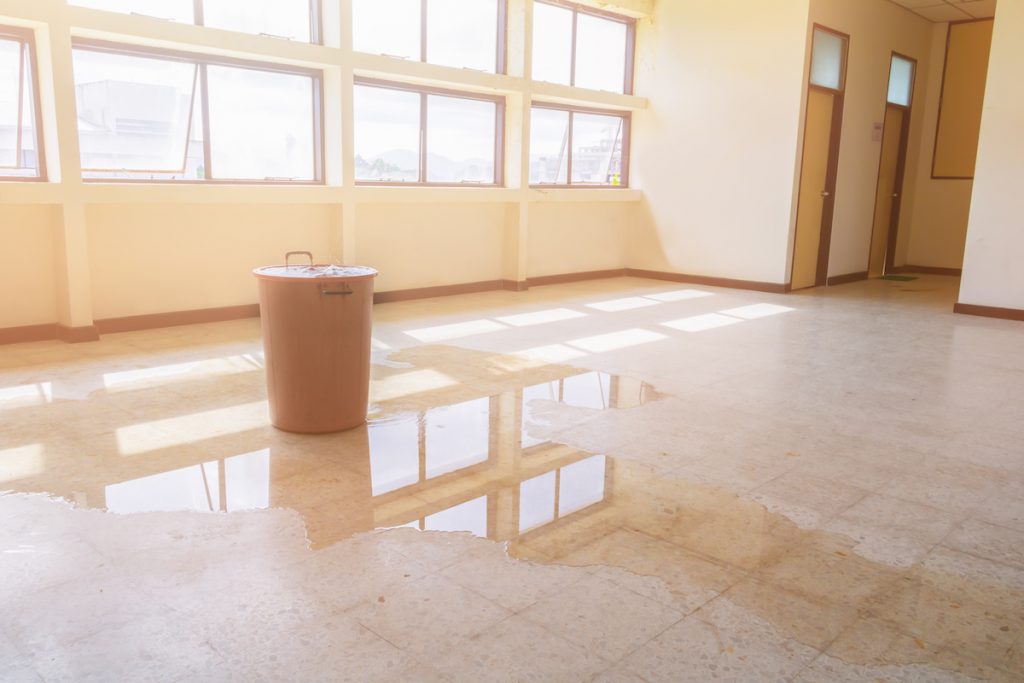
Office water damage can be a major headache for any business owner or property manager. Not only can it disrupt business operations, but it can also lead to expensive repairs, mold growth, and even long-term structural issues if left unaddressed. The best way to avoid these costly problems is to implement preventative measures well before a disaster occurs. This guide will explore practical strategies you can use to prevent office water damage and protect your commercial property from unforeseen water-related issues.
Understand the Common Causes of Office Water Damage
Water damage in a commercial setting can come from a wide range of sources. These include leaking roofs, burst pipes, HVAC system malfunctions, overflowing gutters, sewage backups, and natural disasters like heavy rain or flooding. Understanding these common causes is the first step toward prevention. Once you’re aware of where risks might originate, you can take specific actions to address them before they turn into major problems.
Schedule Regular Inspections and Leak Detection
One of the most effective ways to prevent office water damage is to schedule regular inspections of your commercial property. A licensed professional can assess your building and identify early warning signs such as rusting pipes, moisture buildup, or roof deterioration. These inspections should be conducted at least once a year, and more frequently in areas prone to severe weather or aging infrastructure.
Advanced leak detection technology is also available to assist with this process. Tools such as moisture meters, thermal imaging cameras, and humidity sensors can pinpoint hidden leaks before they cause significant damage. Investing in these inspections may seem like a hassle, but the cost is minimal compared to repairing widespread water damage in a commercial office building.
Install a Flood Monitoring System
Installing a flood monitoring system is another smart step in preventing office water damage. These systems are designed to alert you in real-time if flooding occurs within or around your building. Whether the threat comes from a burst pipe, an overflowing river, or melting snow, early warning systems can be crucial in taking swift action to minimize damage.
Flood sensors and alarms can be placed in vulnerable areas such as basements, near water heaters, or around sump pumps. Smart technology can even send alerts directly to your phone, allowing for immediate response even if you’re not on-site.
Review and Update Your Insurance Policy
Another critical yet often overlooked step in protecting against office water damage is reviewing your insurance coverage. Many business owners are surprised to learn that standard commercial property insurance does not cover flood-related damage. Flood insurance must typically be purchased separately through the Federal Emergency Management Agency (FEMA) or a private insurer.
It’s essential to review your current policy and speak with your insurance provider to ensure your commercial office is adequately covered. In the unfortunate event of office water damage, having the right insurance in place can make a significant difference in recovery costs.
Create a Preventative Maintenance Schedule
Ongoing maintenance plays a key role in preventing office water damage. Create a preventative maintenance schedule that includes regular checks of your building’s plumbing, HVAC systems, roofing, and drainage systems. Inspect seals around doors and windows to ensure they remain watertight, and make necessary repairs immediately if you notice any signs of deterioration.
Routine roof maintenance is especially important. Flat commercial roofs are particularly vulnerable to standing water and leaks. Experts recommend recoating or sealing your roof every five years to extend its lifespan and improve its resistance to moisture. Gutters and downspouts should also be cleaned regularly to prevent overflow that could damage the building’s foundation.
Educate Staff and Develop a Response Plan
Even with all the right preventative measures in place, accidents and emergencies can still occur. That’s why it’s important to educate your staff about the risks of office water damage and what to do in the event of a leak or flood. Train employees to report signs of water damage such as wet carpet, stains on the ceiling, musty odors, or pooling water.
Additionally, develop an emergency response plan that outlines how to shut off the water supply, who to contact for repairs, and how to safely evacuate the building if needed. Having a plan in place ensures a quicker response time and reduces the likelihood of severe damage.
Stay Proactive with Seasonal Maintenance
Changing weather conditions can also contribute to office water damage, so it’s important to plan ahead seasonally. In the winter, insulate exposed pipes to prevent freezing and bursting. In the spring, inspect for roof or foundation damage caused by snowmelt or heavy rain. During the fall, clear leaves and debris from gutters and drainage systems. Each season presents unique risks, and staying proactive helps mitigate them before they escalate into bigger problems.
In the long run, taking preventative action is far more cost-effective than dealing with the aftermath of water damage. Whether it’s scheduling inspections, installing smart sensors, or simply keeping up with routine maintenance, these steps can save your business thousands of dollars and prevent major disruptions.
Protecting your commercial property from office water damage requires foresight, diligence, and ongoing effort. But with a solid plan and the right precautions in place, you can keep your workplace dry, safe, and operational no matter what challenges come your way.

Contact Puroclean for Commercial Office Water Damage Restoration Services
The professional restoration experts at PuroClean help commercial property managers whenever water damage strikes. Water damage from any leak is an issue best solved by professionals, so call your local PuroClean office when your property requires these services.
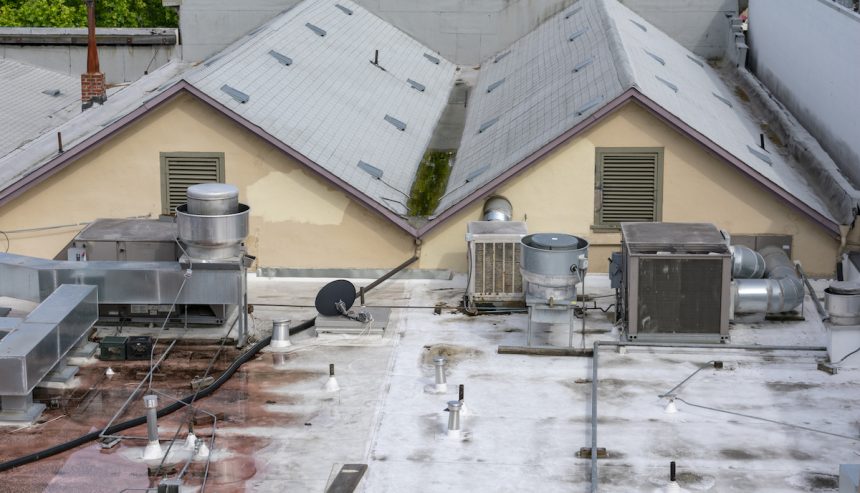
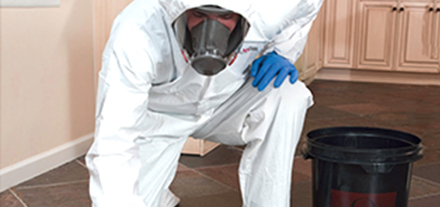
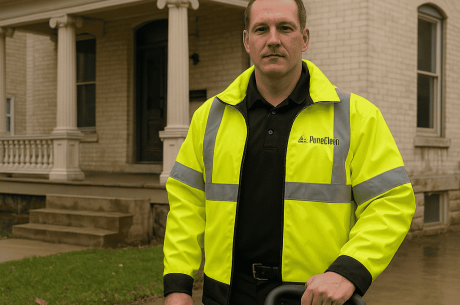
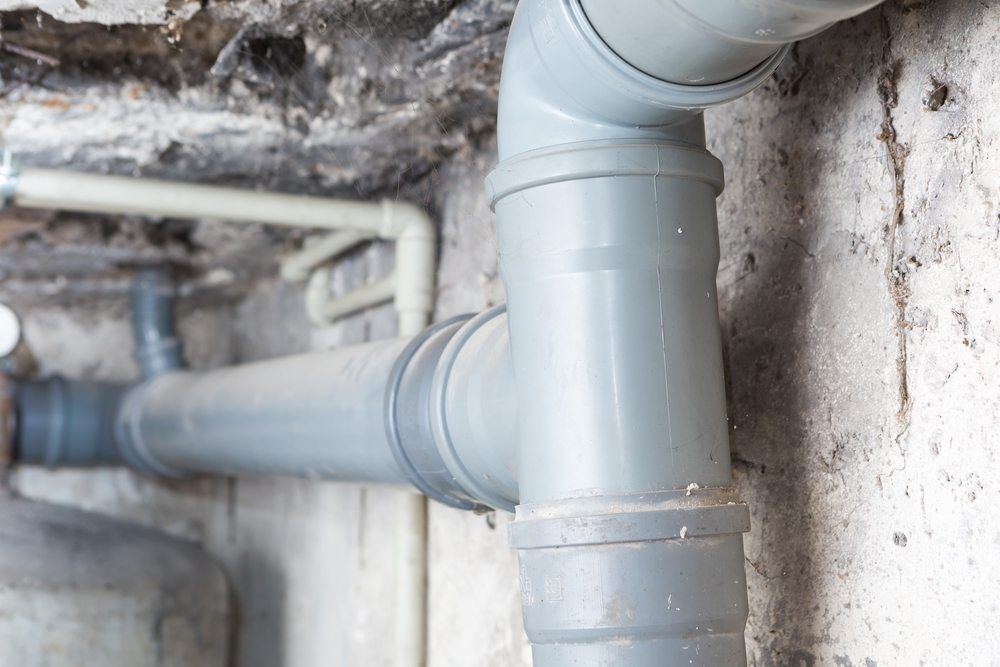
 PuroClean Of Bloomington
PuroClean Of Bloomington